Yesterday’s Tomorrows
Farmer of the Future
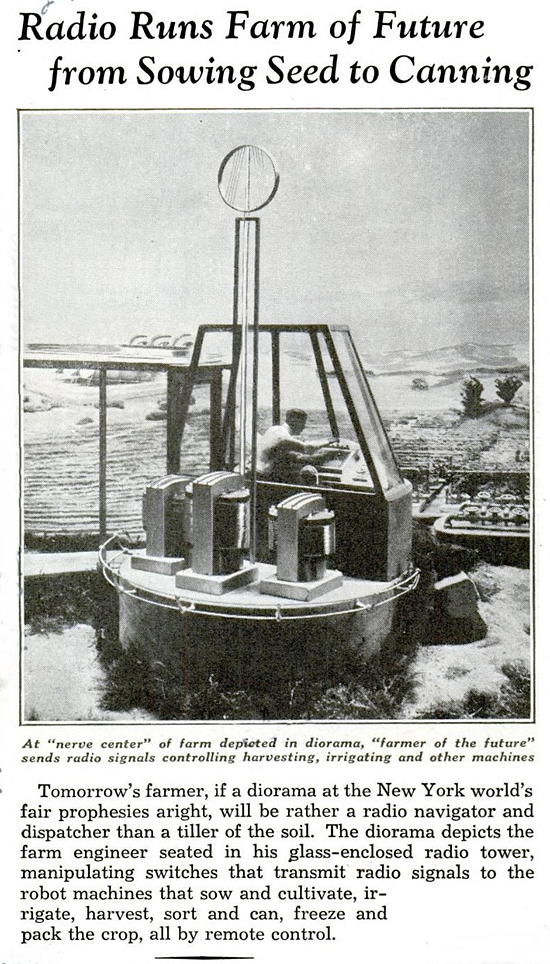
Posted By: Alex - Sat Oct 22, 2022 -
Comments (3)
Category: Farming, 1930s, Yesterday’s Tomorrows
Astrochickens
Theoretical physicist Freeman Dyson envisioned our Solar System being explored by "Astrochickens." As described in his 1992 book From Eros to Gaia:Here is a rough sketch of one possible shape that the 2018 spacecraft might take. I call this model the Astrochicken because it is about as big as a chicken and about as smart. It is a product of genetic engineering. It does not look like a chicken. It looks more like a butterfly. It has wide and thin solar sails instead of wings, and a high-resolution spectroscopic imaging system instead of eyes. With its solar sails it flies around the inner solar system as far as the main belt of asteroids. At any one time there will be hundreds of such birds flying, programmed to make specialized observations of Earth, Moon, Sun, planets, and asteroids as well as of the heavens beyond. Other cousins of the Astrochicken will have legs for landing and hopping around on asteroids, or solar-powered ion-jet engines for exploring the outer solar system as far as Pluto.
Wikipedia notes: "As a noted author of essays on the possibilities of science in the future, Dyson's theories, such as the Dyson sphere and the Dyson tree, have become popular in the scientific and science fiction communities. The more whimsically named 'Astrochicken' has not achieved this same level of fame."
Posted By: Alex - Sat Aug 27, 2022 -
Comments (1)
Category: Spaceflight, Astronautics, and Astronomy, Yesterday’s Tomorrows
Atomic-Powered Vacuum Cleaners
Alex Lewyt, owner of the Lewyt Vacuum Corporation, has been mocked for his 1955 prediction that vacuum cleaners would one day be atomic-powered.But he also predicted self-guided, robotic vacuums, and he was right about that.

Louisville Courier Journal - May 19, 1955

Albuquerque Tribune - Jun 7, 1955
Below: a 1950 ad for Lord Calvert whiskey that, for some reason, featured Alex Lewyt. Note the vacuum cleaner in the glass case behind him.
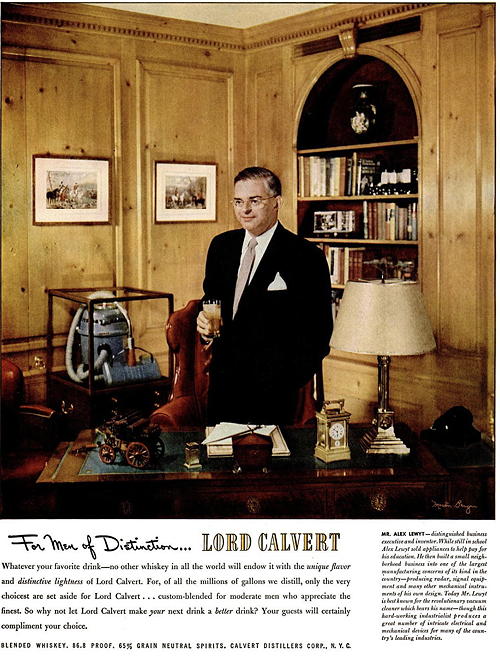
Posted By: Alex - Fri Aug 26, 2022 -
Comments (4)
Category: Atomic Power and Other Nuclear Matters, Appliances, 1950s, Yesterday’s Tomorrows
Legs of Tomorrow
In 1939, ice skater Erna Anderson was declared to have the "Legs of Tomorrow" on the theory that "the woman of tomorrow will be more athletic."Arguably this prediction came true. At least, it's common now for women to go to gyms, whereas it wasn't in the 1930s.
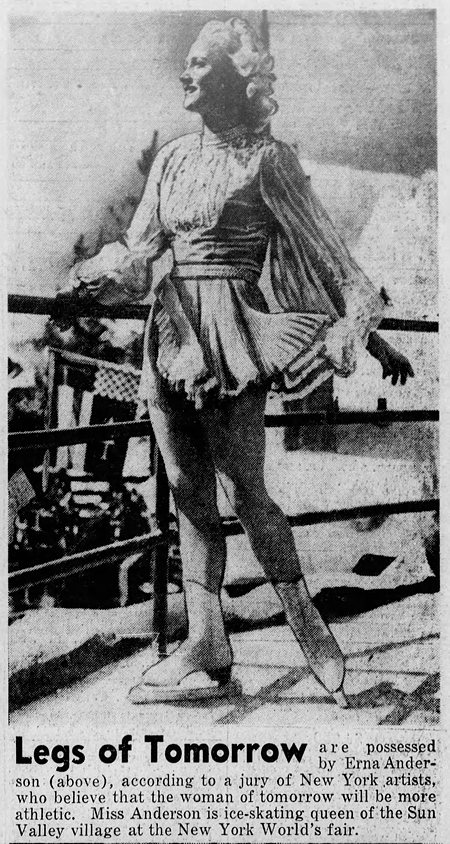
Minneapolis Star - June 2, 1939
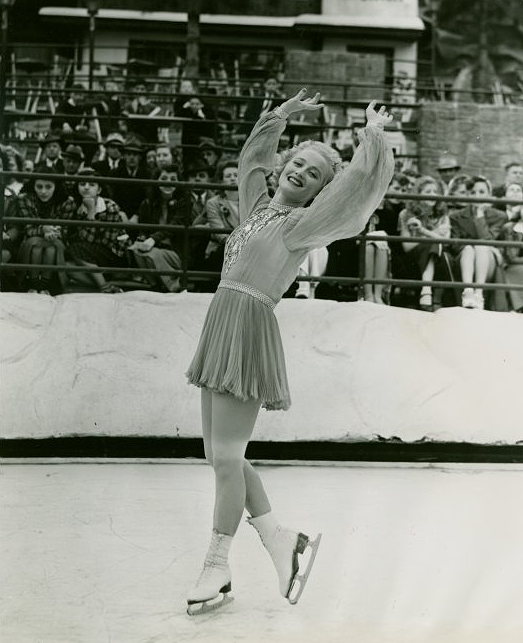
Erna Anderson. Source: New York Public Library
Posted By: Alex - Mon May 09, 2022 -
Comments (7)
Category: Awards, Prizes, Competitions and Contests, Exercise and Fitness, 1930s, Legs, Yesterday’s Tomorrows
Happy Soylent Green New Year!
Welcome to 2022, the year of Soylent Green.From wikipedia:

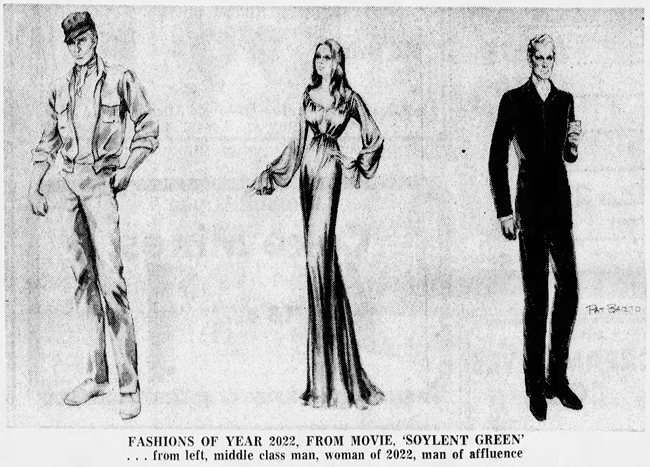
Abilene Reporter News - Jan 17, 1973
Posted By: Alex - Sat Jan 01, 2022 -
Comments (3)
Category: Movies, 2020s, Yesterday’s Tomorrows
The Scarecrow of Tomorrow
Miss Penelope Shoo. A scarecrow with style. On display by the Wonder Bakery exhibit at the 1939 New York World's Fair.
Pittsburgh Press - July 2, 1939

source: The 1939-1940 New York World's Fair, by Bill Cotter
Posted By: Alex - Sat Oct 30, 2021 -
Comments (1)
Category: Fashion, 1930s, Halloween, Yesterday’s Tomorrows
The Girl of the Far Future
This dress wouldn't have been out of place at an awards show in the '80s, or even today. So I'll give Ralph Moni credit for an accurate prediction.
New York Daily News - Mar 10, 1939
Ralph Moni, noted dress designer, made this gown for Helen Meyer to show his idea of the girl of the far future at the Midwest Beauty Trades Show. Charles Book then did his stuff. . . he's a New York hairdress expert. . . and capped Helen with the "futuristic" coiffure.
Posted By: Alex - Mon Oct 25, 2021 -
Comments (1)
Category: Fashion, 1930s, Yesterday’s Tomorrows
American Look
Your head will be spinning with Midcentury Modern designs by the end of this film. A Utopia that never was.
Posted By: Paul - Wed Feb 03, 2021 -
Comments (1)
Category: Business, Design and Designers, Recreation, Interior Decorating, 1950s, Cars, Yesterday’s Tomorrows
Moon Zero Two
Welcome to 2021, the year in which the 1969 movie Moon Zero Two was set. It was promoted as "the first Moon western". From Wikipedia:For some reason the trailer for the movie inexplicably identified the year as 2028, even though in the movie itself the date was clearly shown as 2021.
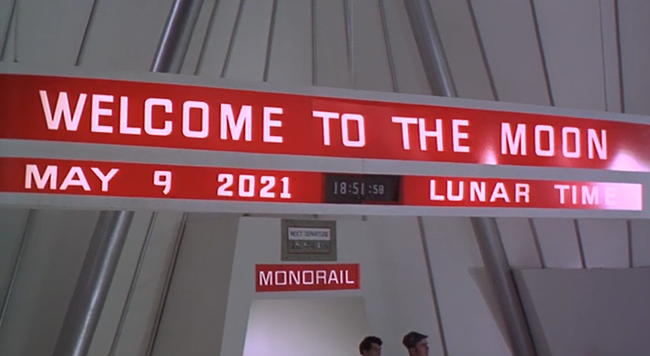
You can watch the entire movie for free on YouTube:
Posted By: Alex - Fri Jan 01, 2021 -
Comments (3)
Category: Movies, Science Fiction, 1960s, Yesterday’s Tomorrows
Home Monitor of the Future
This 1964 ad envisioned a hand-held device that would allow people to run their home by remote control:Someday, you may be able to run your all-electric home and keep an eye on your youngsters by fingertip control
As far as we know, the amazing device you see above hasn't been developed as yet.
But it wouldn't be surprising if something like it were in the works. In this modern age of ours, only a short step separates the dreams of the moment from the realities of tomorrow.

Newsweek - July 1964
For once, the future actually delivered, since a smartphone can do everything imagined in this ad, and more.
Interesting that the gadget has controls for 'lawn care,' 'food prep,' etc., but not for turning the lights on.
Posted By: Alex - Tue Nov 17, 2020 -
Comments (5)
Category: 1960s, Yesterday’s Tomorrows

| Who We Are |
|---|
| Alex Boese Alex is the creator and curator of the Museum of Hoaxes. He's also the author of various weird, non-fiction, science-themed books such as Elephants on Acid and Psychedelic Apes. Paul Di Filippo Paul has been paid to put weird ideas into fictional form for over thirty years, in his career as a noted science fiction writer. He has recently begun blogging on many curious topics with three fellow writers at The Inferior 4+1. Contact Us |




